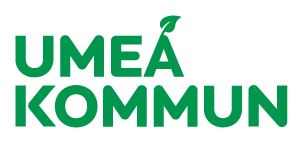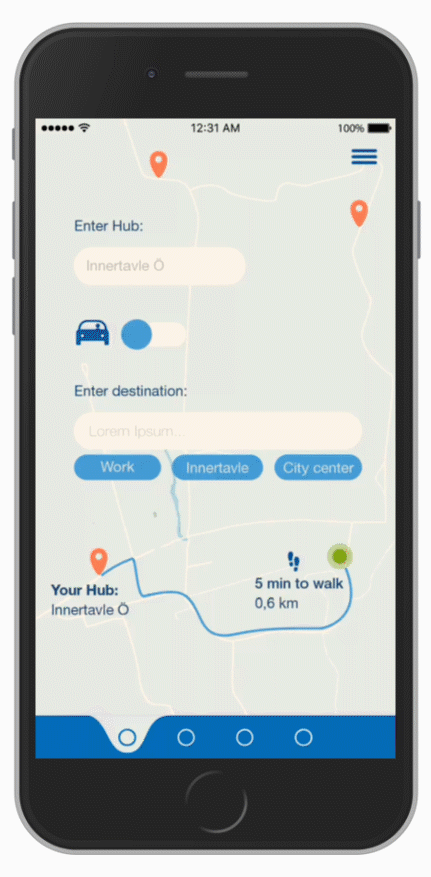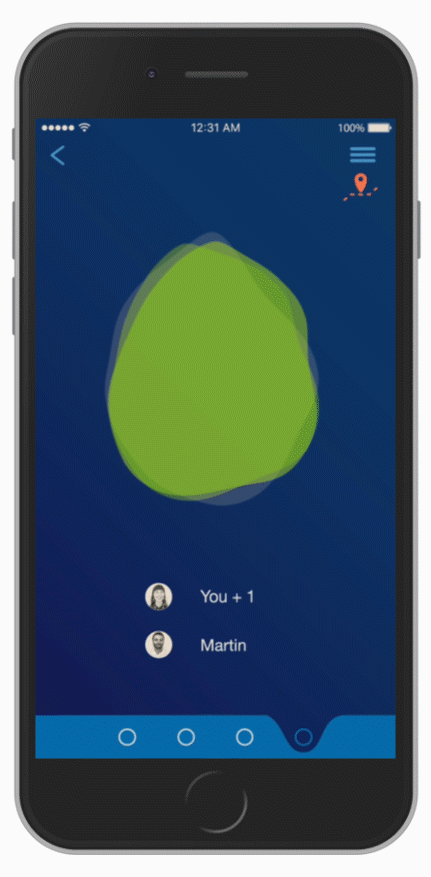Jibe
Communal public transport for rural areasCollaborating partners
Ultra Tabussen (Umeå's bus company)
Umeå Kommun (Municipality of Umeå)
RISE Interactive (Swedish Interactive Research Institute)
Sebastian de Cabo Portugal
Maja Björkqvist
General Product, Mobility justice
Master Interaction design
Umeå institute of design
10 weeks, spring 2018
Participatory design, Workshops, Probing, Normcritical design
Mobility justice guideMOBILITY JUSTICE
The aim of this course is to find (hidden) injustices by conducting user-research and exploring them by probing in the real world and use participatory design together with users, representatives, and stakeholders.
CONCEPT
To reach the climate goals we need to change our norms and habits around car ownership. Especially in the rural areas the norm and need exists to have a car due to the lack of regular public transport. What if the communities had a way to organise flexible mobility together?
In this project we explored how public transport can become more democratic for the rural areas.
Together with Umeå city, Ultra (Umeå’s public transport company) and RISE (Swedish interactive research institute) we worked on bringing people in resonance to make travelling together more enjoyable and reduces the friction from the top-down imposed structures. We focussed on making public transport in rural areas more accessible by transforming the role of the public transport company in Umeå. The role of this company will support the communities rather than imposing structure.
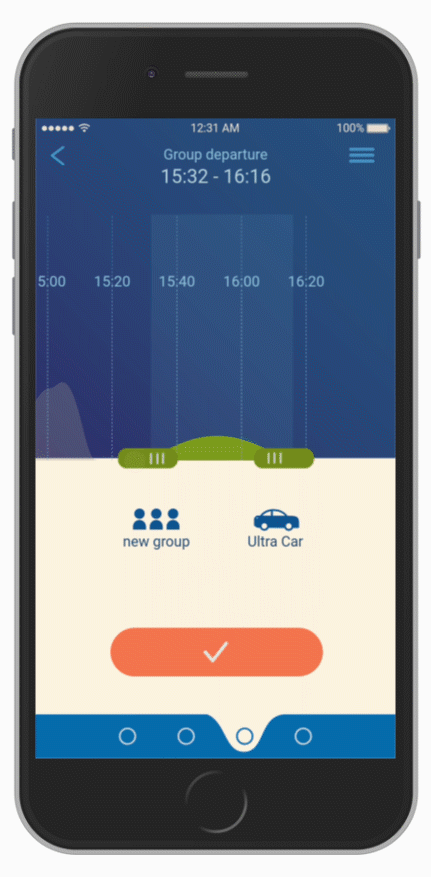
Selecting destination
- Define your current hub
- Select if you want to drive
- Select your destination
Choosing/exploring mobility waves
- Check when others are going in the same direction
- See if friends are joining
- Define what your range is for going
- If you are going at a moment when others aren't going yet, you start a new Jibe
Staying in sync with your peers
- See if others are going to be late relative to you
- Make sure that you resonate your journeys
“This village is a close community. ‘I know all my neighbors’. When a tree fell on top of my house, in minutes, people were helping, tractors came to fix the issue and a lot of help from the community was given.” - Chelsea about Innertavle
“I can’t really take the bus to work because normally my work hours are very odd, I might end a shift late at night and start early in the morning, so waiting for the bus for an hour isn’t really an option. “ - Maria, nurse in Umeå, living in Innertavle
“ I use my bike to go everywhere, even the other side of town. But I still have my car at home because I need it to go to the summerhouse, the connections there aren’t very good and the house is far from the town.” - Mats, Environmentally active priest
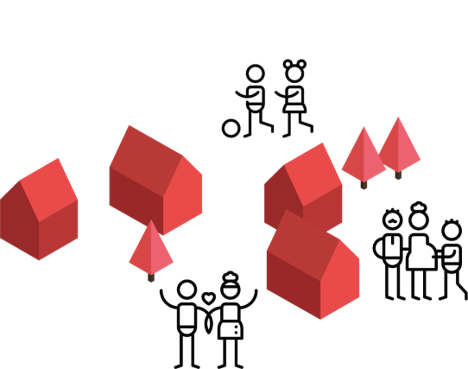

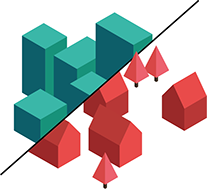
Inclusive
In rural areas, there isn’t enough demand for regular public transport which creates the need to have a car to work, live and shop. Because of urbanization, smaller local services can’t sustain themselves.
Umeå is a rapidly growing city in the north of Sweden, where the weather and road conditions are a big challenge in the long winters. For this reason, having access to safe, affordable mobility is necessary to function in there.
Right now, public transport is only scheduled for regular jobs and owning a car isn’t environmentally optimal or even possible for some people.
Sharing journey
Shared transport is the way to go to reduce the amount of km’s driven by cars, for this reason, Jibe tries to make people resonate to share journeys. We want to avoid long WhatsApp conversations between users, but make it feel like sailing on the wind. When there are more people who want to join, it feels like you’re going for the wind.
Power to the people
Our system will reduce rules and regulations from top-down. It’s all about the people in the community deciding together and using Jibe as a platform to create better mobility. In this way, they will become more of a co-owner of public transport, which is exactly what public transport is about.
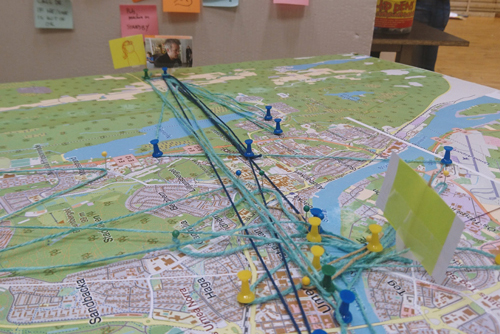
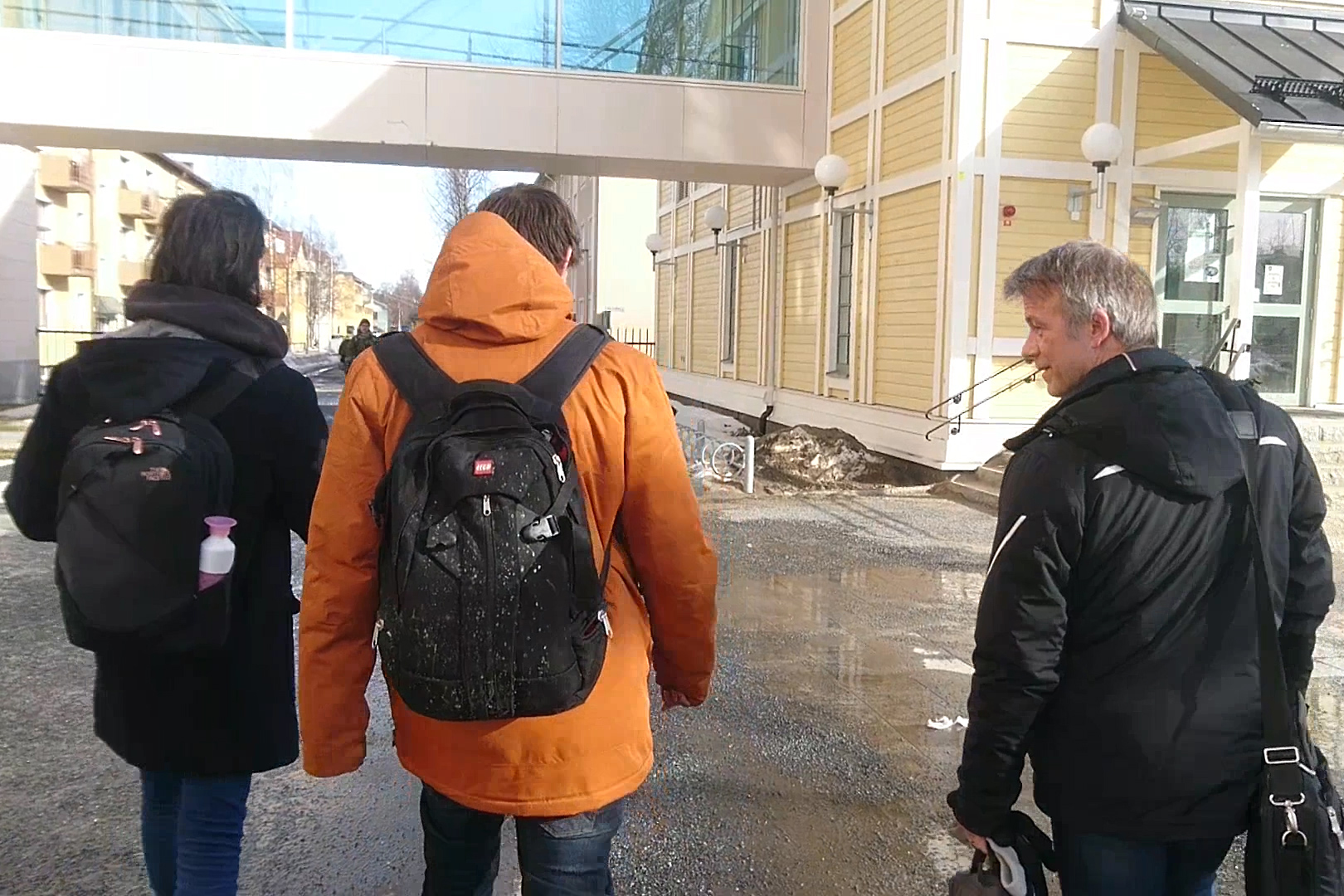

Snowball sampling
We started snowballing (starting from one user and seeing what other users they connect to) from different angles, in this way we could understand how different groups of people perceive mobility.
Following
By letting the users share their mobility through WhatsApp we could see different patterns. We also joined users in their commuting or free time journeys both with and without public transport.
Interviewing
During interviews, we asked the participants about their experiences of (public) transport. What are their considerations when choosing for a certain mode of transport? Did their behaviour change over time, and why?
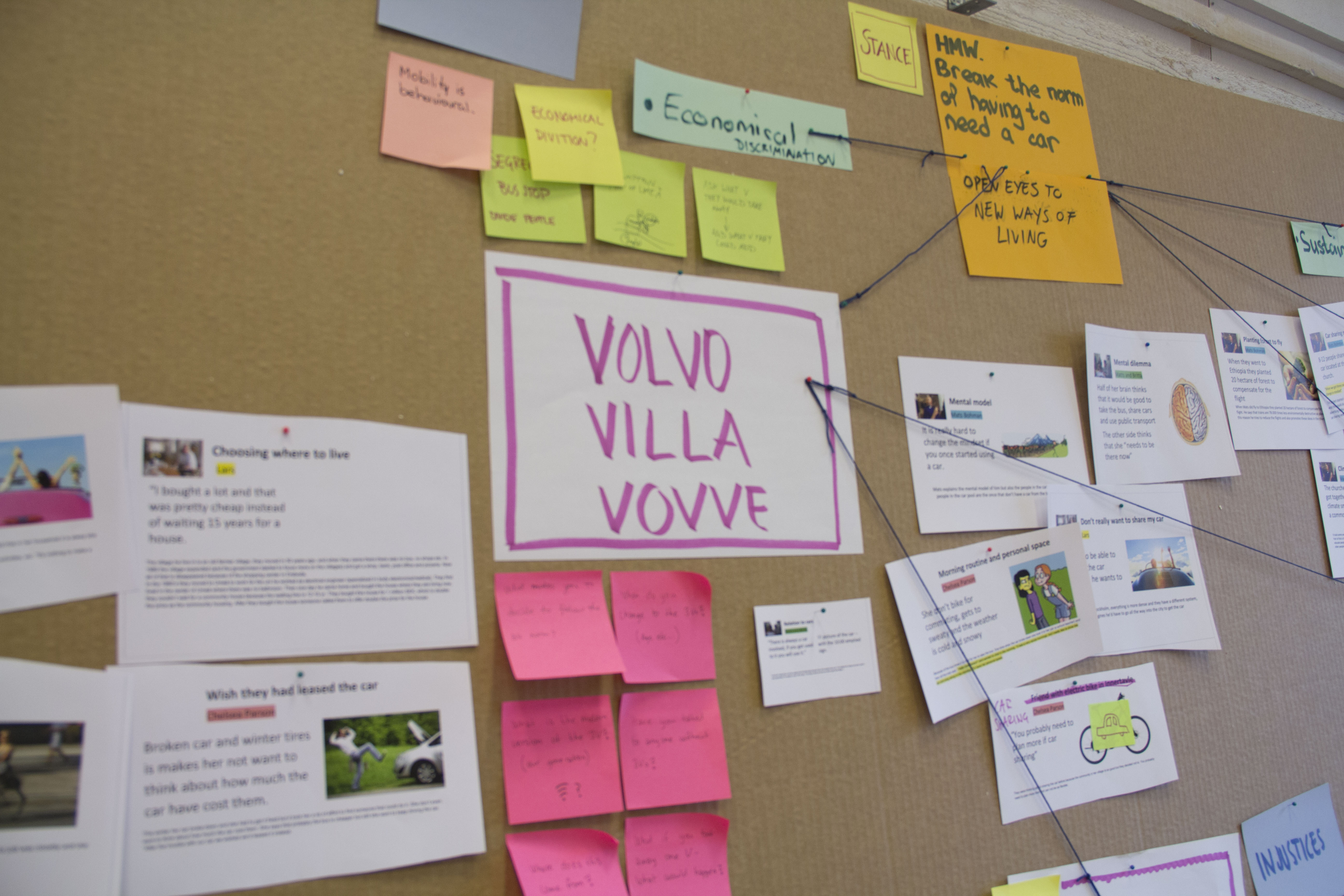
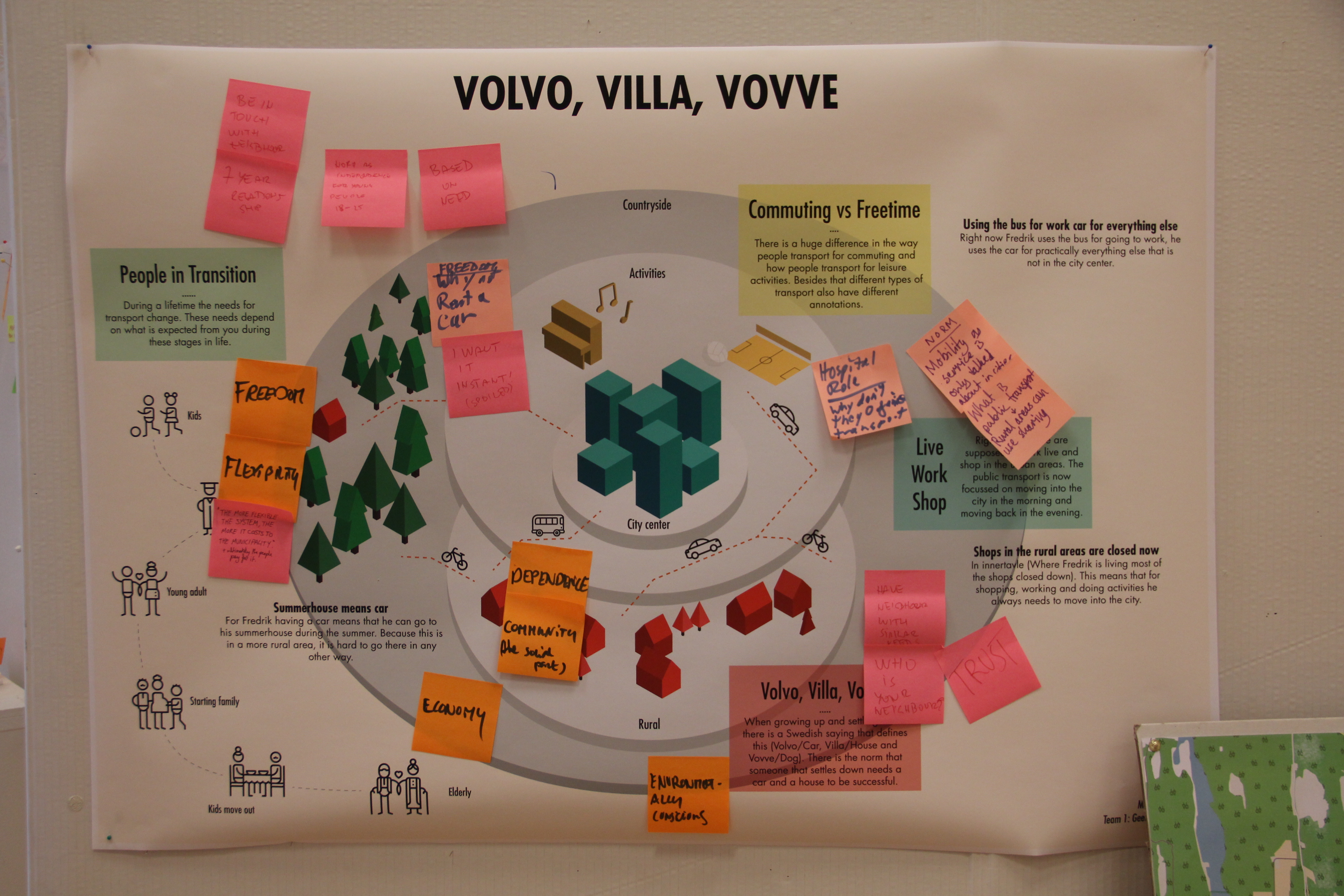
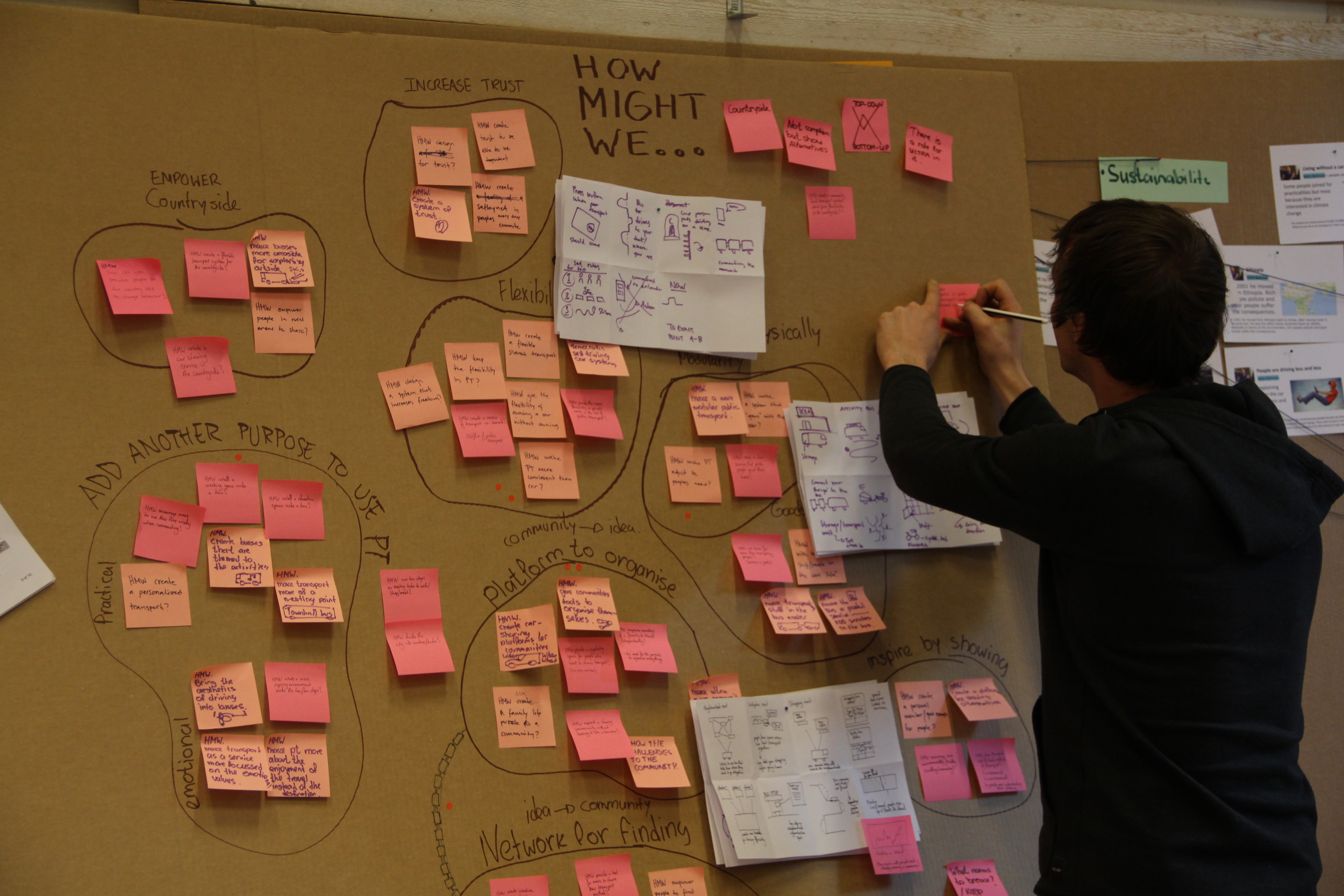
Finding norms
Developing a visual design brief
Defining design directions
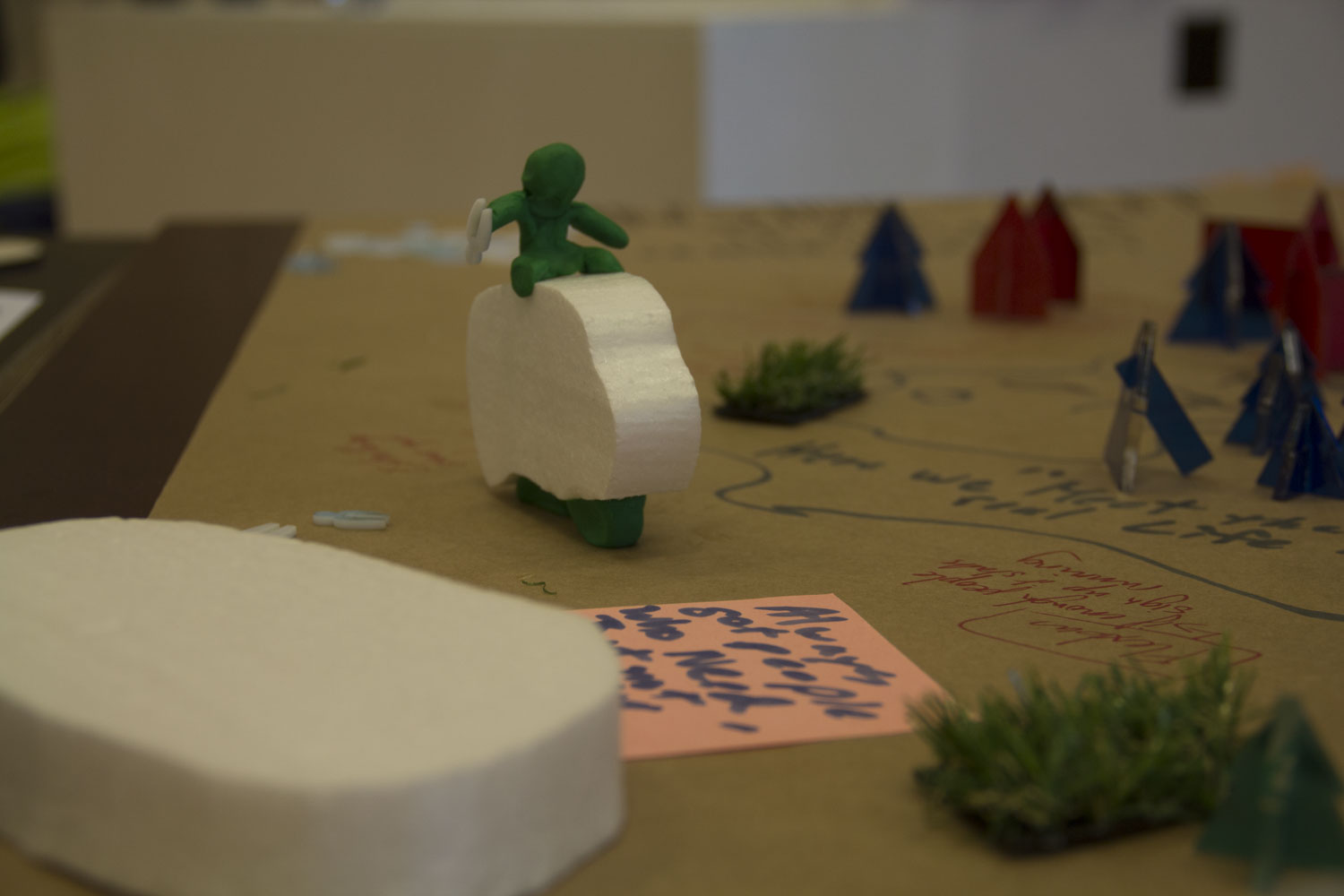

Norm braking workshop
To get the stakeholders think about the norms and values of the future world and how this world might look like. By changing the current norms into different ones, we tried to get them to reflect on the current world and see alternatives. We invited the municipality and bus company into three different worlds (Timeless-world, Inside-out world and Communal world) and asked them to work on to think about the main concerns and opportunities in these worlds.
Materiality of the studio
During the whole process, we were working together with different stakeholders and organisations. Communicating the right information in a condensed manner where everyone was on the same page and could give input on the process from different angles was highly important. Because of that reason we tried to make our research as tangible as possible, so from being in the studio with us they could get a direct understanding what we did, what we are doing and what we want to do.
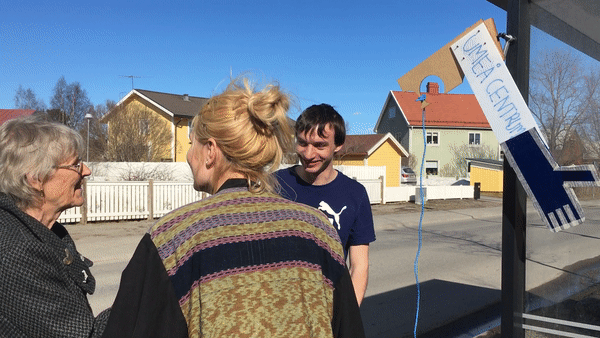

Hitchhiking reversed
To understand the culture of car sharing a good way to start is to understand how hitchhiking is perceived in the Swedish culture. It was also a great opportunity to start a conversation about the fears and hopes of the citizens.
We did two things, one was trying to hitchhike from a bus stop, slightly out of the city. The other experiment was to act as an opposite hitchhiker, offer people at the bus stop a drive.
Probing interactions
To see how people can be in resonance during their journey we conducted different experiments ‘in the wild’. A sound bench (the waiting bench in the bus stop would play different instruments depending on where people were seated), a communal flower pot (take one flower and give the pot to someone else) and the Ultra cool club, during the 1st of March, Sweden has a day of protests where we gave away Ultra cool badges.
It was hard to get people to change behaviour in the wild, because the in the Swedish context people don’t want to be ‘weird’ in public.Instead of directly designing the final solution, we first explored what aesthetical values our solution should contain. It was great to first think about the values that you want to achieve and see how these values are perceived by users.
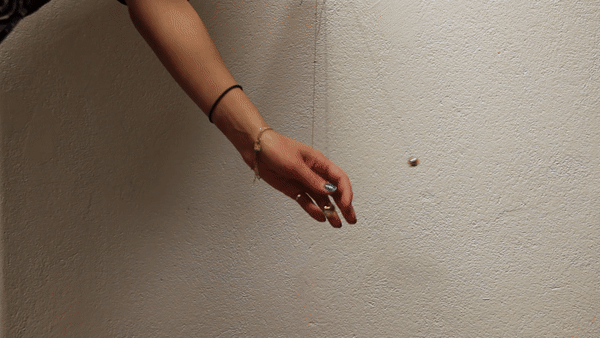
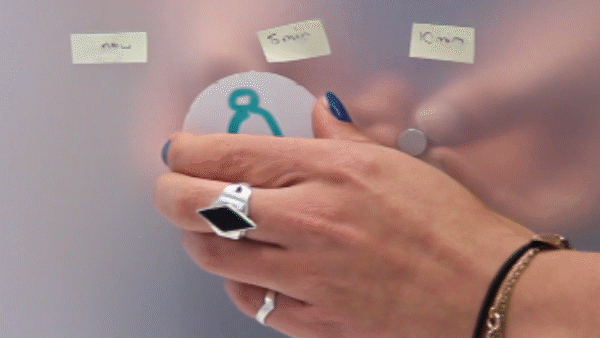
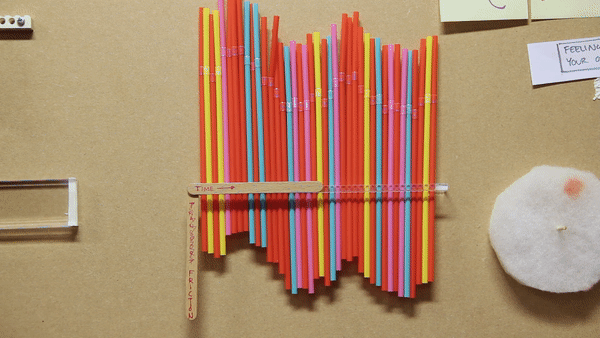
Resonance
Instead of having long back and forth conversations on WhatsApp about what time to go and who will join, we wanted to create more of a feeling of resonance. Every group of people can create their own social rules, but we didn’t want the rules to be implemented from top-down but arise in the interaction between people.
Negotiating
With a system with magnets we prototyped how negotiating would feel between two users, and one user and ‘a system’. We found out that this is not the kind of interaction we want, because the users didn’t feel right about the exact measures that were changed by the others.
Communal
We wanted the user to be part of a community and feel that the user can impact the world by making decisions together. This is represented by the community waves instead of a fixed top-down bus schedule.


Paper prototypes
To represent our idea in the current world, we decided to implement it as an app for mobile phones while it didn’t feel exactly like the aesthetics we explored we still tried to keep as much of this resonance as possible. To see if the user flow and interactions would make sense, we tested it first on paper with colleagues at the university.
Final prototype
We made a final interactive prototype of the most important interaction as a web-app (JS) for both the video and the presentation, so people could get a feeling on how it would feel and look in the real product.

